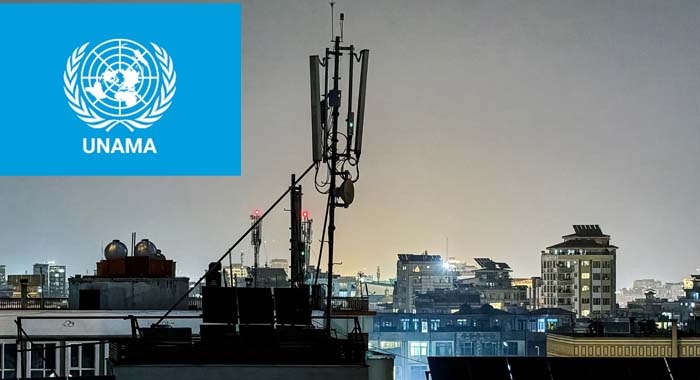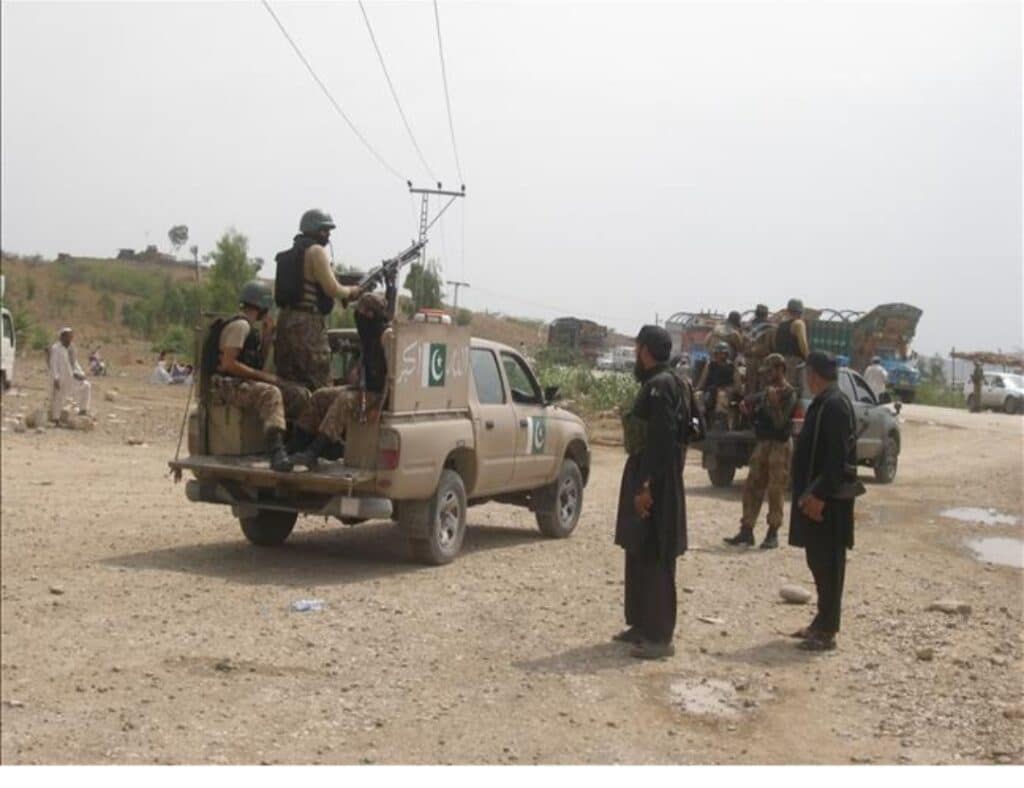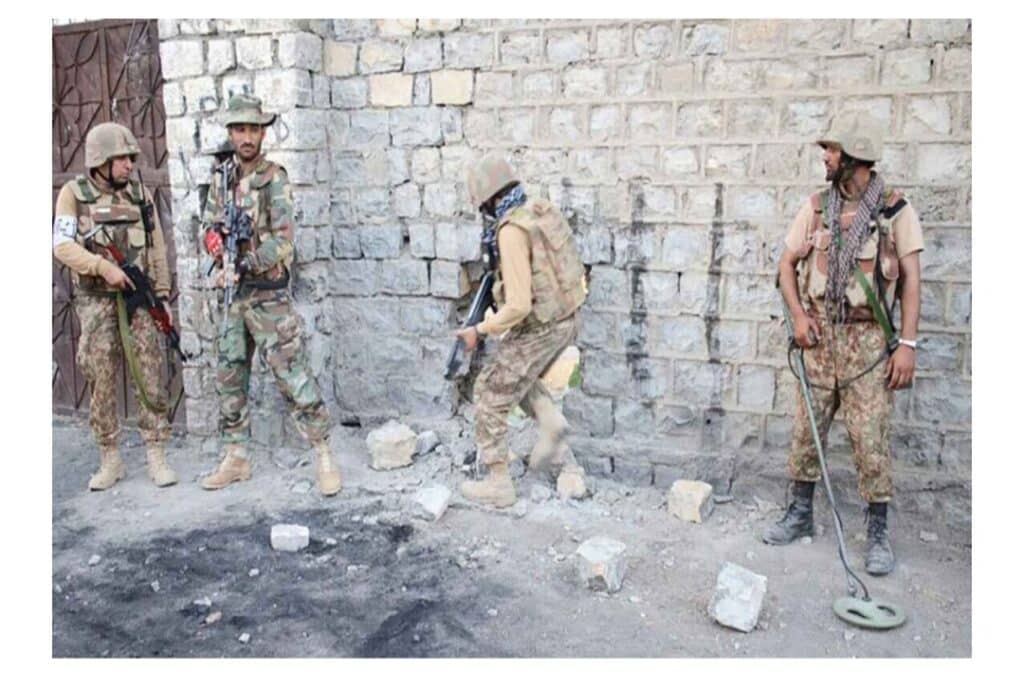A new report by the United Nations Assistance Mission in Afghanistan (UNAMA) has revealed the profound human suffering caused by a 48-hour, Taliban-imposed telecommunications shutdown that cut off millions of Afghans from the outside world, halting emergency services, crippling humanitarian operations, and endangering countless lives.
Titled “Out of Reach: The Impact of Telecommunications Shutdowns on the Afghan People,” the report documents the nationwide blackout that began on the evening of September 29 and lasted until October 1, 2025. Affecting all 34 provinces, the shutdown severed internet and mobile networks, leaving an already fragile country in total isolation. “The entire country from its health systems to its banking sector and small businesses is substantially reliant on telecommunications to operate and provide essential services,” UNAMA stated. “Afghans, already facing significant challenges in their daily lives, should not be subjected to imposed telecommunications cuts which negatively impact their ability to exercise their basic human rights.”
The blackout’s human toll was immediate and severe. Hospitals were unable to coordinate care, order medical supplies, or summon ambulances. In Laghman province, a pregnant woman lost her baby after her local clinic could not call for emergency transport. In Badghis, five malnourished children died because doctors could not be reached for urgent treatment.
Healthcare workers described resorting to sending messengers on motorbikes across provinces to deliver critical requests. “We felt helpless,” said one doctor in Nangarhar. “Without phones or internet, every emergency became a death sentence.”
The shutdown also paralyzed Afghanistan’s fragile economy. Banks, ATMs, and mobile money services went offline, cutting people off from salaries and remittances. Small businesses dependent on online trade collapsed overnight. Humanitarian operations—already struggling to respond to earthquakes, deportations, and food insecurity ground to a halt as coordination and cash distribution became impossible.
Aid workers reported that the blackout delayed life-saving assistance to thousands of displaced families. “It was as if the entire country vanished from the world,” said one humanitarian official.
The report found that women and girls bore a disproportionate burden during the shutdown. Female healthcare workers, entrepreneurs, and students already marginalized under Taliban restrictions saw their fragile freedoms further eroded.
One nurse said her husband forced her to quit her job because she could no longer stay in contact while at work. Female students described the shutdown as “a return to the stone age,” cutting off their only access to education through online classes. Women who run small digital businesses lost their incomes entirely.
The Taliban’s communications cut also silenced the media. Journalists were unable to file reports, verify information, or cover emerging crises. UNAMA documented widespread misinformation and public panic fueled by rumors of coups and foreign invasions. One journalist told UNAMA the blackout amounted to “a form of censorship,” designed to suppress scrutiny and stifle truth.
No credible explanation has been provided for the shutdown. Taliban officials initially claimed the measure was meant to “prevent vice,” later contradicting themselves by blaming “technical repairs.” UNAMA emphasized that such actions represent a direct assault on Afghans’ fundamental rights and access to life-saving services.
UNAMA has called on the Taliban to immediately end the practice of communication blackouts and ensure uninterrupted access to telecommunications as an essential public service critical to humanitarian relief, healthcare, education, and economic stability.





